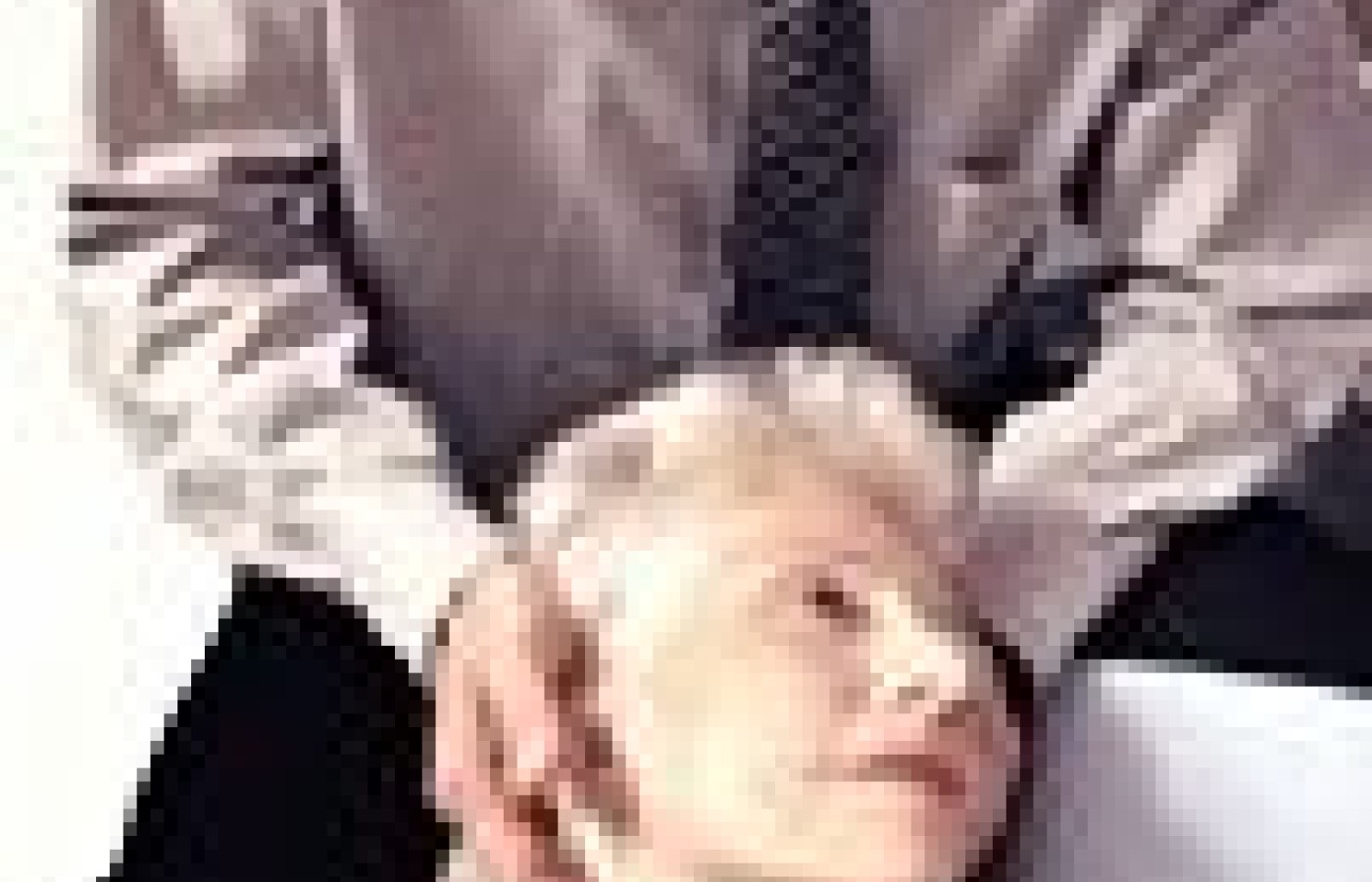Some doctors thrive in a personality-based clinic and have a loyal following no matter what services or equipment they offer, but for most chiropractic offices who are trying to grow and expand, new equipment purchases help us stay relevant and continue to service our client base in the best, most up-to-date manner possible. So, regarding equipment purchasing: should you lease, get a bank loan, or pay cash?
Chiropractic and Stroke Risk: Setting the Record Straight
A groundbreaking study on vertebral artery dissection (VAD) and stroke following chiropractic office visits is pending publication in Spine and the European Spine Journal. The study, conducted as part of the Bone and Joint Decade 2000-2010 Task Force on Neck Pain and Its Associated Disorders, looked at the association between chiropractic office visits and the incidence of vertebral artery strokes. "Current research suggests that dissections are probably multifactorial in origin," said Task Force President Scott Haldeman, DC, MD, PhD. "They appear to occur in a person with a genetic predisposition to arterial dissection. They also appear to require a second factor such as viral infection or possibly estrogen.

They can then be triggered by a minor head movement, including activities of daily living, an adjustment or an examination of the neck."
According to the study authors, their findings suggest that the risk of suffering a stroke following a chiropractic treatment might be due to the fact that a VAD is already in progress prior to the chiropractic adjustment. The dissection results in neck pain that brings the patient to the chiropractor's office seeking relief.
The authors also documented only a handful of stroke cases following chiropractic cervical manipulation in a massive study population spanning nearly 100,000,000 person-years. Even more impressive, the data suggest that while spinal manipulation may increase the risk of an embolism in those with a VAD in progress, which can then lead to a stroke, the association between the stroke and the office visit was no higher in patients who seek the care of a chiropractor than in patients who seek the care of a general physician.

The findings, released confidentially at the May WFC Biennial Congress in Portugal, were presented on Aug. 18 in Orlando, Fla., to attendees of the Florida Chiropractic Association's National Convention & Expo. Dr. Haldeman, Eric Hurwitz, DC, PhD (a member of the task force secretariat), and Linda Carroll, PhD (task force co-scientific secretary) interpreted the study results for session attendees during a panel session.
From a chiropractic perspective, the study offers important data to explain the longstanding contention that chiropractic cervical manipulation causes vertebral artery dissections. Organizations such as the Chiropractic Stroke Victims Awareness Group, headquartered in Connecticut, have based much of their anti-chiropractic campaign on misunder standing of the mechanisms that result in a stroke that can occur after a chiropractic office visit. The study also should help chiropractors explain the association when involved in litigation brought about when a chiropractic patient suffers a stroke following cervical manipulation.
The Bone and Joint Decade Task Force on Neck Pain was created to complete a best-evidence synthesis on neck pain and associated disorders. The mandate of the task force was to present the current state of the scientific literature on this topic and to make clinical and research recommendations related to the management of such conditions.
DC will feature a comprehensive review of the VAD/stroke study when it is published in Spine and the European Spine Journal.



